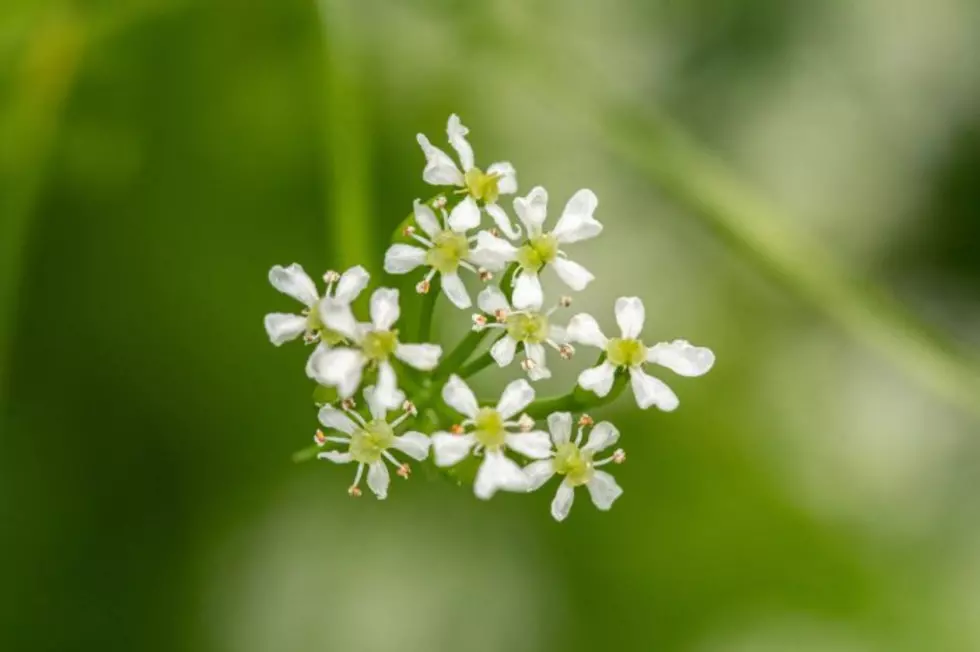
Missoula parks department nipping away at poison hemlock, Norway maple, invasive weeds
flowers are clustered in an umbrella-shaped bunch. (Kevin Moriarty/Missoula Current)
A toxic weed is growing in Missoula’s Greenough Park.
Poison hemlock, also known as poison parsley, is an invasive weed native to Europe and North Africa, and a member of the same family of plants as carrots and celery. But this plant can be deadly to humans and animals if even a small amount is ingested.
A noxious weed is defined simply as being harmful to the environment or animals.
Poison hemlock is listed as a noxious weed in some counties in Montana, but not Missoula, possibly because it is not widespread in the area.
solely by seeds which often drop directly below the parent plant, creating thick stands. (Kevin Moriarty/Missoula Current)
solely by seeds which often drop directly below the parent plant, creating thick stands. (Kevin Moriarty/Missoula Current)
“Where it does pop up, we try to treat it,” said Conservation Lands Program Specialist Clancy Jandreau.
Poison hemlock is a perennial that grows to be three to eight feet tall. Its stems are hollow with purple spots on the lower end and it blossoms with small white flowers.
“We’re not treating it just because it’s poisonous to people or animals. We’re also treating it because it’s a weed that we don’t want in those areas because it reduces biodiversity and out-competes native species,” said Jandreau.
This is an issue that Jandreau says is especially common in Missoula’s heavily used Greenough Park. Ornamental plants often “escape” from gardens and backyards of nearby houses and make their way into the park.
One example of this is the Norway maple tree, Missoula’s most common boulevard tree. It was planted along city streets dating back to the beginning of Missoula, but has now escaped that controlled environment and has invaded natural areas.
Parks and Rec is in the process of managing this species in Greenough Park as well. Norway maple is a large, bushy tree that grows to such a density, it closes the canopy to sunlight making it difficult for plants and shrubs underneath to get the sunlight they need to grow.
“They will really reduce the number of species in the area significantly,” said Jandreau.
For one of the city's most common noxious weeds, spotted knapweed, Parks and Rec sometimes sprays chemicals, but have found insects work better at controlling the weed.
This is known as a biological control. The city has introduced insects that are shown to only feed on specific invasive species.
“Pretty much any knapweed that you find in Missoula, if you look closely, you’ll find insects controlling it,” said Jandreau.
Spotted knapweed is an aggressive invasive plant that can reduce forage for livestock, degrade wildlife habitat and displace native species.
Parks and Rec has a range of methods they employ for dealing with unwanted plants including herbicides, re-vegetation, hand-pulling, bio-controls and have even used sheep grazing in the past.
Often a combination of methods are used with effectiveness and the health of other plant species in mind.
“There’s a whole host of invasive species that impact our lands that we try to treat in various ways,” said Jandreau.
